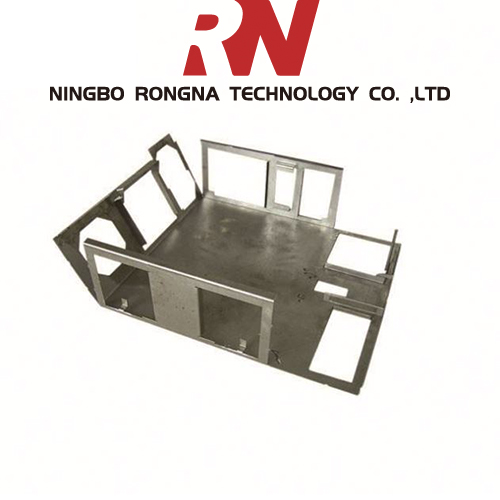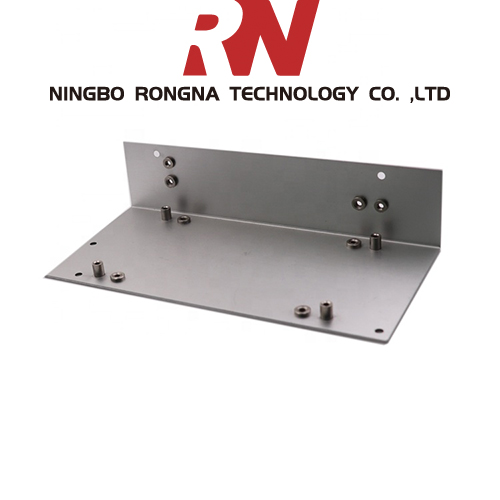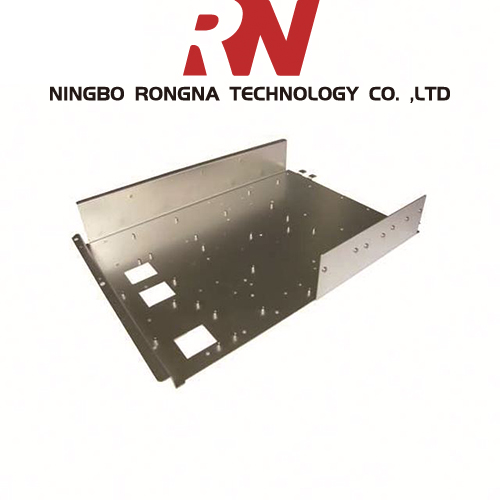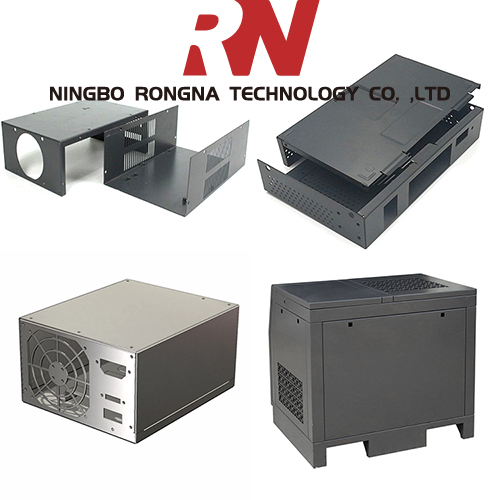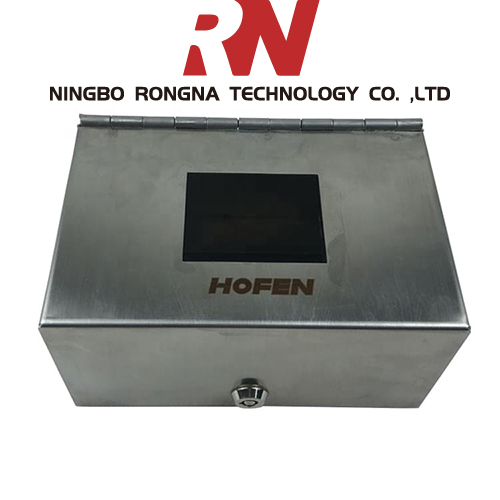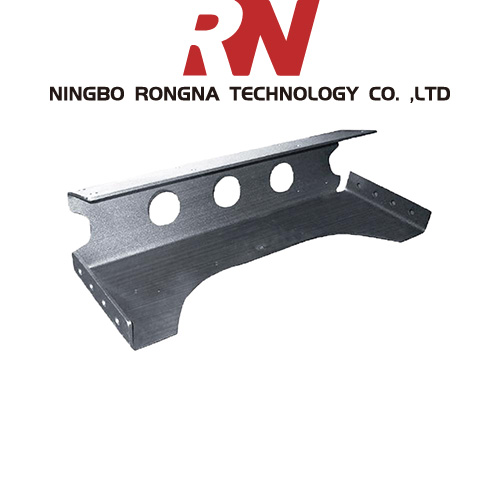Key progress in key technologies for freeze-drying
After four years of research and development, Bo Medical has successfully developed a new generation of intelligent pilot vacuum freeze dryers. This technology belongs to the international frontier of freeze-drying technology, a number of independent innovation technologies, expanding the application and promotion scope of vacuum freeze-drying. Freeze-drying process is a complex process of heat and mass transfer, involving refrigeration, vacuum, electrical, heat transfer, thermodynamics, mechanical engineering, ultra-low temperature technology and other disciplines, high technical content, freeze-dried process is complex. With the increasingly widespread application of freeze-drying technology in many fields such as pharmaceutical production, bio-engineering, scientific research, food and health product production, cultural relics and archaeology, users have higher and higher requirements for their process fitting and intelligence. China's product development for freeze dryers began in the 1980s. At present, there are more than 10 manufacturers. Most manufacturers are only in the state of satisfying the most basic freeze-drying requirements. The overall technical level of the industry is always at a low level. The first-rate foreign products have excellent performance and are expensive, and they cannot meet the needs of a wider range of users. The development of a new generation of intelligent freeze dryers is a requirement of China's national conditions. Beijing Bo Medical has jointly developed a new generation of intelligent vacuum freeze dryers based on its own resources and a number of experts in the industry. There are three series of hundreds of products in the new generation of intelligent vacuum freeze-drying machines, which are specifically: Lab Series Applications: 1. The degree of vacuum needs to be adjusted during lyophilization. 2. Sublimation and analytical drying require temperature control. 3. A higher ultimate vacuum is required during lyophilization. 4. Automatic defrosting, automatic drainage function. 5. Freeze-drying data and curve search function. 6. Pulsation backfill after lyophilization. 7. The product eutectic point and eutectic point temperature are not lower than -20°C. 8. Deliquescence occurs during the establishment of a vacuum in the trace sample. 9.Lab series process optimization rate can reach 30%. The Pilot1-2LD/Pilot1-2MD/Pilot2-4LD/Pilot2-4MD models are suitable for laboratory pilot tests. This series proposes solutions for the following problems. 1. After the product is pre-frozen, deliquescence occurs during transfer. 2. Trace samples deliquescence during the establishment of a vacuum. 3. The pre-freezing temperature needs to be adjusted during the pre-freezing of the sample. 4. Sample analysis requires a lower vacuum during drying. 5. Meet the laboratory requirements of full-featured and relatively small-footprint vacuum freeze dryer requirements. 6. The process optimization rate is 40-70%. The Pilot series is suitable for small-scale and pilot-scale production and is suitable for the exploration and optimization of production processes for industrial materials, foods and health products (up to 65% process optimization rate). The Pilot series of standard models are suitable for small-scale testing and pilot-scale R&D of pharmaceuticals and biological agents. Users can choose to use wall insulation and non-wall insulation according to the cleanliness requirements. The process optimization rate of this series of models can reach more than 90%, fully satisfying GMP and FDA requirements. The LYO series is mainly used for freeze-drying production. The basic type, CIP type and SIP type can be selected according to user requirements. Applications include freeze-drying of chemicals, biological drugs, biological agents, Chinese medicines, health products, high-grade foods, spices, feed additives, and industrial special applications. Sheet Metal Fabrication Service Processing steps For Sheet Metal Parts - Custom Sheet Metal Fabrication Service Company
10. Assembly. The so-called assembly is to group multiple parts or components together in a certain way to make them into a complete material. One thing that needs to be paid attention to is the protection of the materials, and no scratches. Assembly is the last step in the completion of a material. If the material cannot be used due to scratches, it needs to be reworked and reworked, which will waste a lot of processing man-hours and increase The cost of the item. So pay special attention to the protection of the item.
Sheet Metal Fabrication Service,Galvanized Sheet Fabrication Service,Custom Machining Service ,Cnc Stainless Steel Machining Ningbo Rongna Technology Co.,Ltd , https://www.prototyping-machining.com
1. Design and draw the part drawing of its sheet metal parts, also known as three views. Its function is to express the structure of its sheet metal parts by means of drawings.
2. Draw an unfolded drawing. That is, unfold a part with a complicated structure into a flat piece.
3. Unloading. There are many ways to unload, mainly the following methods:
a. Shearing machine cuts the material. It uses the shearing machine to cut out the length and width dimensions of the expanded drawing. If there are punching and corner cutting, then the punching machine is combined with the die to punch and corner to form.
b. Punch blanking. It is the use of a punch to punch the structure of the flat part after the parts are unfolded on the plate in one or more steps. Its advantages are short labor hours, high efficiency, and can reduce processing costs. It is often used in mass production.
c. NC CNC blanking. When NC blanking, you must first write a Cnc Machining program. That is, use the programming software to write the drawn expanded diagram into a program that can be recognized by the NC CNC machining machine. Let it follow these programs step by step on a piece of iron plate On the top,punch out the structural shape of its flat parts.
d. Laser cutting is the use of laser cutting to cut the structure and shape of the flat piece on an iron plate.
4. Flanging and tapping. Flanging is also called hole extraction, which is to draw a slightly larger hole on a smaller base hole, and then tap the hole. This can increase its strength and avoid slippage. Generally used for sheet metal processing with relatively thin plate thickness. When the plate thickness is large, such as the plate thickness of 2.0, 2.5, etc., we can tap directly without flanging.
5. Punch processing. Generally, punch processing includes punching and cutting corners, punching blanking, punching convex hull, punching and tearing, punching and other processing methods to achieve processing purposes. Its processing requires corresponding molds to complete the operation. There are convex molds for punching convex hulls, and tearing forming molds for punching and tearing.
6. Pressure riveting. As far as our factory is concerned, pressure riveting studs, pressure riveting nuts, pressure riveting screws, etc. are often used. The pressure riveting method is generally completed by a punch or hydraulic pressure riveting machine. Riveted to the sheet metal part.
7. Bending. Bending is to fold 2D flat parts into 3D parts. Its processing requires a folding bed and corresponding bending molds to complete the operation. It also has a certain bending sequence, and the principle is to make the next cut The first fold that does not cause interference will produce the interference back fold.
8. Welding. Welding is the group welding of multiple parts together to achieve the purpose of processing or the edge welding of a single part to increase its strength. The processing parties generally include the following: CO2 gas shielded welding, argon arc welding, Spot welding, robot welding, etc. The selection of these welding methods is based on actual requirements and materials. Generally speaking, CO2 gas shielded welding is used for iron plate welding; argon arc welding is used for aluminum plate welding; robot welding is mainly in-material It is used when the parts are large and the welding seam is long. Such as cabinet welding, robot welding can be used, which can save a lot of tasks and improve work efficiency and welding quality.
9. Surface treatment. Surface treatment generally includes phosphating film, electroplating colorful zinc, chromate, baking varnish, oxidation, etc. Phosphating film is generally used for cold-rolled plates and electrolytic plates, and its function is mainly to plate on the surface of the material. A protective film is applied to prevent oxidation; the second is to enhance the adhesion of its baking paint. Electroplated multicolored zinc is generally treated with cold-rolled plate surface treatment; chromate and oxidation are generally used for surface treatment of aluminum plates and aluminum profiles; its specific surface The choice of treatment method is based on the customer's requirements.
